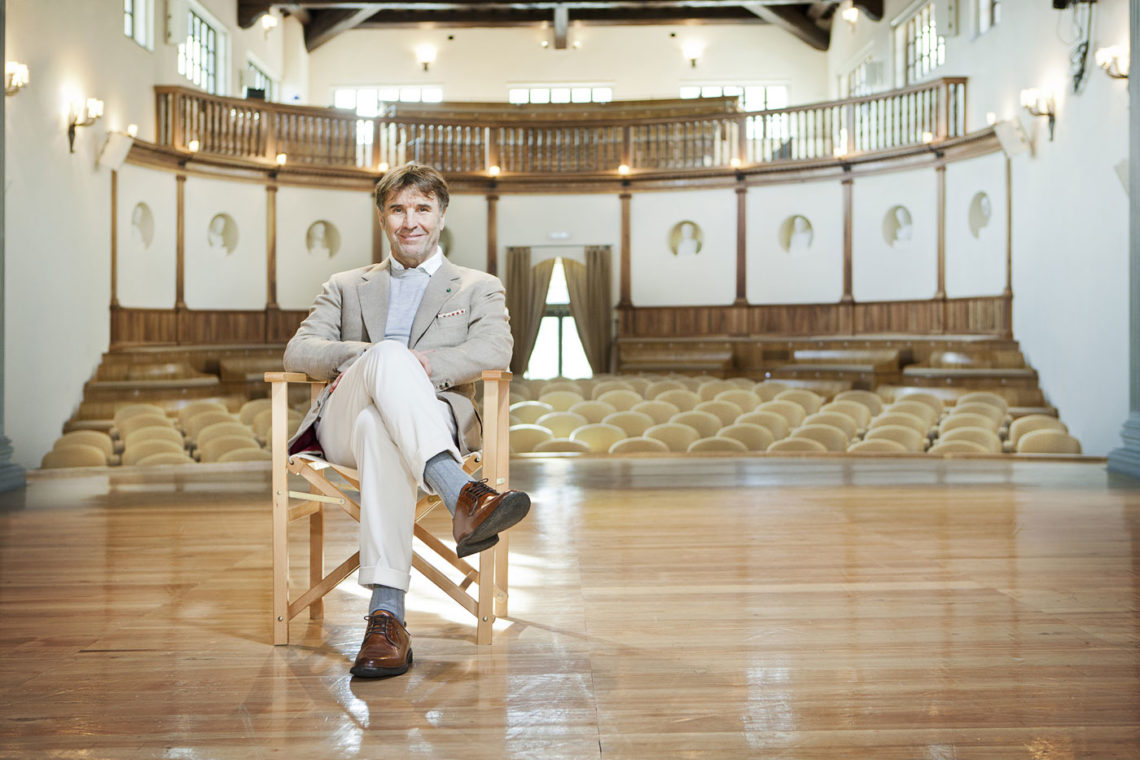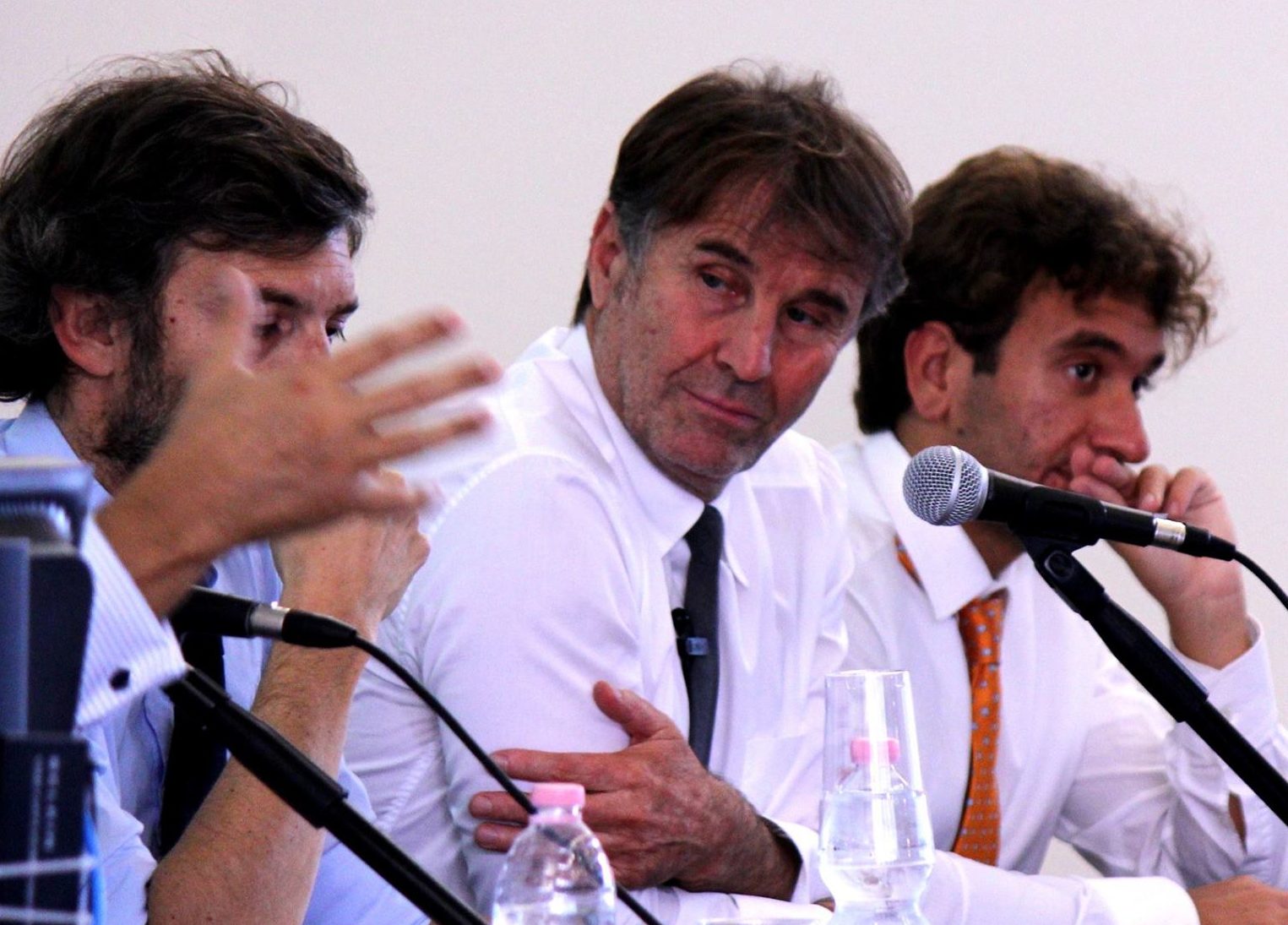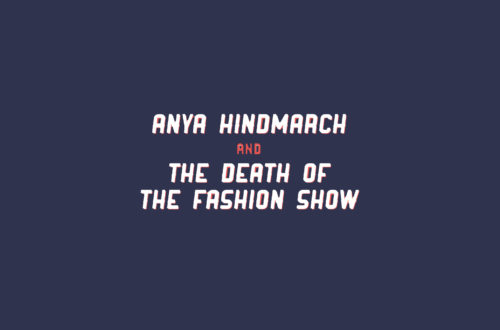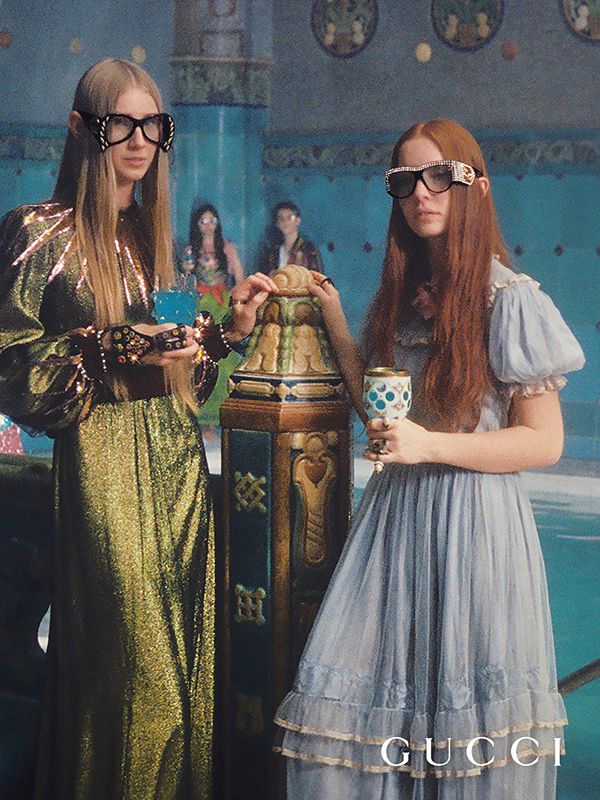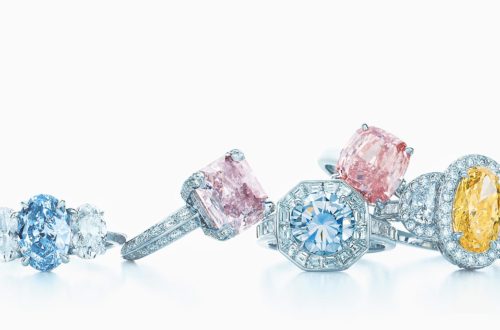
October 18 is indeed a significant day for us at Bocconi Students for Fashion: a guest lecture will be held with the one-of-a-kind Italian fashion magnate Brunello Cucinelli. Having started his business with cashmere sweaters in 1978, in almost 40 years he grew it to a multinational empire with impressive financials, which are just one among his numerous achievements. Today’s article will go through the history of the iconic luxury house, tell a story of a truly humanistic approach, and explain why ethics and dignity are not contradictory to that primary business goal we all got used to.

Brunello Cucinelli launched his first garments in 1978, focusing on craftsmanship and high quality. He drove inspiration from Benetton and was the first one to dye cashmere, cashmere sweaters being his only offering for a long while. This one focal product he sought to perfect, and it took about 15 years before the expansion to a range of womenswear and then menswear, both limited to knits.
The brand was expanded to total look only in the beginning of 2000s. The strategic decision was a response to the demand of the American retailers like Neiman Marcus and Saks, where the displays show the full particular way of dressing up rather than certain products. The clients were interested in the whole allure of Brunello Cucinelli, and they got it, by the end of 2006 the brand style was established. The change in product strategy drove the change in distribution: the product line was expanded, knitwear shifting from 90 to 35 percent of the total collection; the introduction of the total look brought in the definition of the brand spirit, which justified having an omni-channel distribution model with precisely organized spaces in multibrand retailers as well as own stores, which did not exist before.
Today the brand continues its retail expansion, rising costs offset by the sales (H1 profit 2016 showed a 6,3 percent rise, according to Reuters). The market capitalization exceeds € 1,2 billion. To the difficulties including the decline of certain markets, the tough competition and the changing values of the new client generation the brand responds with its timeless elegance and highest quality standards, which shape its appeal of “real luxury”. This is core to Brunello Cucinelli, who says in his interview to the BoF: “There is no accessible luxury. There is no aspirational luxury. It’s either luxury or not luxury. If you spend $3,000 you know exactly who manufactured it, how they behave, what’s their profitability, why do they want to make so much money out of it”

This willingness to expose the processes behind Brunello Cucinelli’s luxury comes from the unique philosophy, which deserves special attention. The entrepreneur defines himself as “a guardian of human dignity”. His way of doing business is highly ethical and humanistic, aiming at creation of (along with the iconic products) a form of philosophy and a form of life – new life for the community.
In 1987 the headquarters of the company were moved to Solomeo, which the founder perceived as not only home to his business, but home in a broader sense. Since then, the town was carefully restored using the donations from The Brunello and Federica Cucinelli Foundation, which operates on the 20 percent of the company profits coming each year. This revitalization included, for instance, restoring churches, hospitals and building a theatre.
The philosophy is also reflected in treating the personnel: in addition to making their living place better, Brunello Cucinelli provides other ways of improving working conditions and in general the quality of living. His employees are paid about 20 percent more than they would have received elsewhere, they have 90 minutes daily to dine in a subsidized company canteen, and all their money spent on cultural activities is reimbursed. At 5:30 PM everyone is asked to finish work, no business e-mails are allowed after that time. “If I make you overwork”, Cucinelli says, “I have stolen your soul.”
This unconventional approach is rooted in the founder’s past. The magnate of cashmere was not surrounded by it since birth: his childhood was more than ordinary, and something he witnessed every evening was his father coming exhausted from factory work, often humiliated, sometimes in tears. He experienced the hardships of the wage labor in his own family and decided to change it for the others.

The philosophy seems appealing, but might cause doubt when coming to investor relations. Being generally profit-seeking, how do the investors buy stock of a business that spends 20 percent of its profits on donations?
When the company went public, Brunello Cucinelli did not offer shares to anyone. The potential investors were invited to come to Solomeo and see the CEO, the factory, the Cucinelli family and the employees. It was important to communicate the ideology: capitalism is not neglected, but seen in a different way. To Cucinelli, what we need today is human capitalism, which comes together with fair profits, seen as the ones preserving the values of ethics, dignity and morality. It is crucial to highlight that the “fair” orientation does not make the luxury company an NPO; profits are still important and they come. However, not at any price.
Unfortunately, it would be too optimistic to say that the experts vote for buy. Mostly, investors want profits; the analyst consensus today is around hold, closer to sell. However, the company has its loyal shareholders, including the Ermenegildo Zegna Group, which holds a 3 percent stake. Quoting Gildo Zegna, “It was natural to become an investor. We admire his philanthropic and humanistic capitalism.”
At the time of progress and innovation, the effort to invest in the future of people and communities still faces unwillingness to participate. The humanistic initiatives require a new mindset, which we can all form starting these days, and one of the best ways is learning from the pioneers. Don’t forget about this opportunity: tomorrow, 4 PM, Aula Maggiore
by Ksyusha Task

